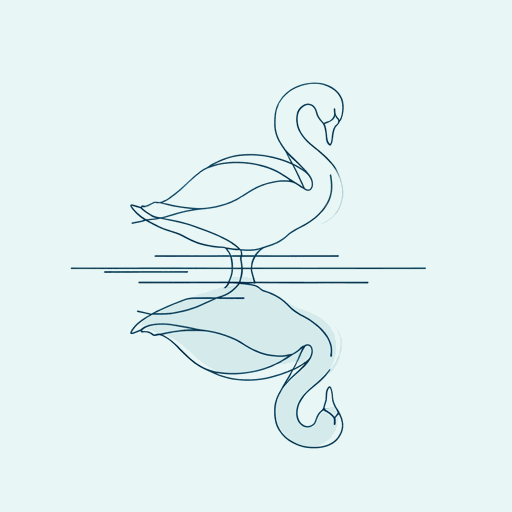17 pages • 34 minutes read
John HollanderSwan and Shadow
Fiction | Poem | Adult | Published in 1966A modern alternative to SparkNotes and CliffsNotes, SuperSummary offers high-quality Study Guides with detailed chapter summaries and analysis of major themes, characters, and more.
Background
Literary Context
Even when written in blank, unmetered verse, Hollander’s poems are often structured, in closed forms. “Swan and Shadow” is a calligram, which Hollander referred to as a “graphematic” emblem. In his critical work, Rhyme’s Reason, all descriptions of poetic forms are composed in the respective form, such as the villanelle, sonnet, or haiku. Hollander’s collection Powers of Thirteen (1983) is a long sequence of 169 (13 × 13) 13-line stanzas with 13 syllables in each line. Hollander liked the constraints of closed forms, their challenge whetting rather than inhibiting his creativity. Hollander’s poetic influences were also masters of poetic forms, such as the 17th-century poet George Herbert, whose shape poetry is famous, and 18th-century poet Alexander Pope, who mastered the couplet and the epigram. Hollander’s preference for formal poetry and his choice of subjects somewhat distinguished him from many of his peers. His poems tend to be non-autobiographical, which contrasts with the informal and confessional poetry dominating American literature in the 1960s and 1970s.
However, Hollander’s love for forms and his meditative, witty poems are far from old-fashioned and traditional. He often fused formal and postmodernist elements to create his poetry; for example, in “Swan and Shadow,” there is no punctuation and only occasional capitalization.

